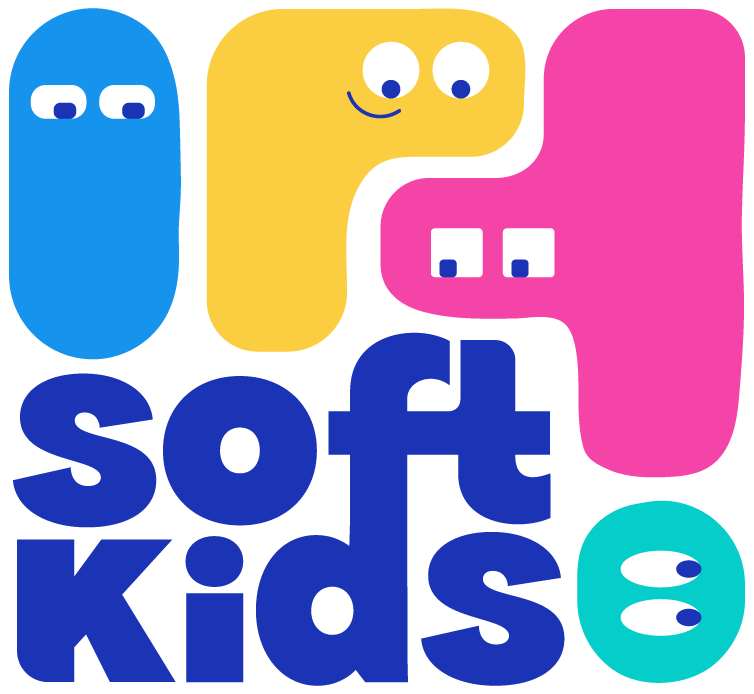They grow up in front of a screen, sitting in a classroom, then at a homework table, then on a sofa. Sedentary lifestyles are becoming a real public health problem among children and teenagers, and are often ignored in educational discussions.
As a parent, how can we encourage an education that (really) makes our children want to move? And above all, what guidelines can we give them to help them grow up confident and healthy, without falling into the trap of being all-screen and all-seated?
Life is all about balance!
In this article, I help you :
-
better understand the effects of a sedentary lifestyle on children's development,
-
identify the obstacles that stand in the way of day-to-day movement,
-
take concrete action at home, at school or in the city,
-
and above all, give the body a real place in education.
Why a sedentary lifestyle is more dangerous than you think
Long regarded as a simple lack of activity, a sedentary lifestyle is in fact a major risk factor. It "kills more than tobacco". Simply put, it increases the risk of diabetes, cardiovascular disease, depression and even attention deficit disorders.
And it starts early. Very early. According to the WHO, France ranks 119th out of 145 countries in terms of physical activity among teenagers. Already in primary school, many children are not moving enough to ensure their proper physical and mental development.
It's not just about sport. It's about movement. It's about freedom. Confidence in one's own body. And this lack of movement creates an imbalance: children accumulate energy without being able to release it, resulting in restlessness, fatigue or, conversely, withdrawal.
Why movement is vital for learning
We sometimes forget that the body is a fundamental ally in learning. Walking, running, jumping, climbing, it's not just about "letting off steam": it's about strengthening memory, developing concentration and calming emotions.
Movement activates certain areas of the brain linked to comprehension and memorization. It also regulates stress, improves sleep and boosts self-confidence. In short, a child who moves is a child who learns better.
And this is no pedagogical fad. It's documented by dozens of studies, in countries that have already made the shift to more active education. In Denmark, the Netherlands and Finland, pupils go out, walk, stretch or move around regularly during the day. The result: better school results... and fewer consultations for attention deficit disorders.
What's holding children back today?
You might think that if children don't move, it's because they don't want to. In reality, it's often the environment that doesn't allow it.
First, of course, there's school. In France, children spend an average of 6 hours a day sitting in classwith very few active breaks. And in many schools, recess is limited, sports are concentrated in a single half-day per week, and extracurricular activities are sometimes inaccessible.
But it's not just the school that's holding us back.
Families, too, are caught up in a rhythm that leaves little room for free play or unsupervised physical activity. Even when we want to get them moving, we don't always know how. You're tired, you don't have time, you feel guilty...
And then there's the city. Sidewalks are narrow, parks are far away, and playgrounds are sometimes unsuitable or unsafe. It's hard to say to your child: "Go and play outside" when the outside seems so unwelcoming.
How to bring movement back into everyday life (without turning everything upside down)
It's not about becoming a sports coach or turning your living room into a gym. It's about giving the body a place in everyday life. And sometimes, it starts with micro-changes:
-
Walk to school instead of taking the car,
-
Organize an after-dinner dance,
-
Install a gym mat in the living room for impromptu rolling,
-
Invite children to take a movement break between assignments.
The aim is not to do sport at all costs, but to create a culture of movement, a culture of the body.
And for this, free play is a precious resource. Climbing, running, inventing routes, pretending... these playful activities develop imagination, cooperation and motor skills. No need for expensive equipment. A piece of cardboard, a rope or a cushion can be enough to trigger an hour of active play.
At school too, everything can change
School is not set in stone. More and more teachers are experimenting with alternative approaches: active breaks between lessons, in-class yoga sessions, outdoor teaching, movement games linked to learning...
In some schools, children are allowed to stand up to ask a question, walk during a reading, or do exercises standing up. And the results are astonishing: more attention, less agitation, a more serene classroom climate.
We've got to stop thinking that a well-behaved child is a seated child.
Movement doesn't interfere with concentration. It reinforces it. It helps children to regulate themselves, channel their energy and refocus. By moving, children also learn to know and respect themselves better. And that's an essential psychosocial skill.
Restoring confidence in the body: a major educational challenge
When a child climbs, jumps or runs, he's not just exercising his muscles. He's also developing an invisible but essential skill: body body confidence. In other words, the feeling of being capable, of being able to move in space, to react, to dare.
This confidence is a pillar in the development of self-esteem. It prepares us to make decisions, deal with the unexpected and face up to difficulties. It plays a role in speaking out, in socialization, in learning... and even in the prevention of risky behavior in adolescence.
A child who is confident in his body is a child who is better in his head.
What about screens?
It's impossible to talk about a sedentary lifestyle without mentioning the role of screens. While they can be a source of learning, creativity and social interaction, they are also a powerful factor in immobility. powerful factor in immobility.
Children aged 6 to 17 spend an average of 4 to 6 hours a day in front of a screen, outside school hours. It's not so much the time spent as what it replaces: free play, exploration, spontaneous movement.
Reducing the use of screens is not necessarily the magic solution. But reintroducing movement, play and the outdoors can naturally limit their use. Because a child who is having fun outdoors, playing with others, moving and laughing, doesn't need a screen for entertainment.
How about rethinking education from the body up?
When it comes down to it, the real question isn't "how do we get kids moving?" but rather "why have we made them stop so much?"
For a long time, the body was perceived as a mere vehicle, even a disturbing background noise in schooling. Today, we're rediscovering it as a powerful gateway to learning, confidence and self-relationship.
Soft skills are not just developed in the head. They are also built in the body: patience, perseverance, cooperation, emotional management... All these behavioral skills are rooted in concrete, often physical, experiences.
Things to remember
-
A sedentary lifestyle is a real public health issue for children.
-
Lack of movement impacts their well-being, self-esteem and learning.
-
Parents, teachers and communities all have a role to play in putting movement back at the heart of everyday life.
-
Rethinking education through the body means strengthening our children's soft skills and mental health.
-
And sometimes it starts with a game, a walk, or a moment of dancing in the living room.




0 comments